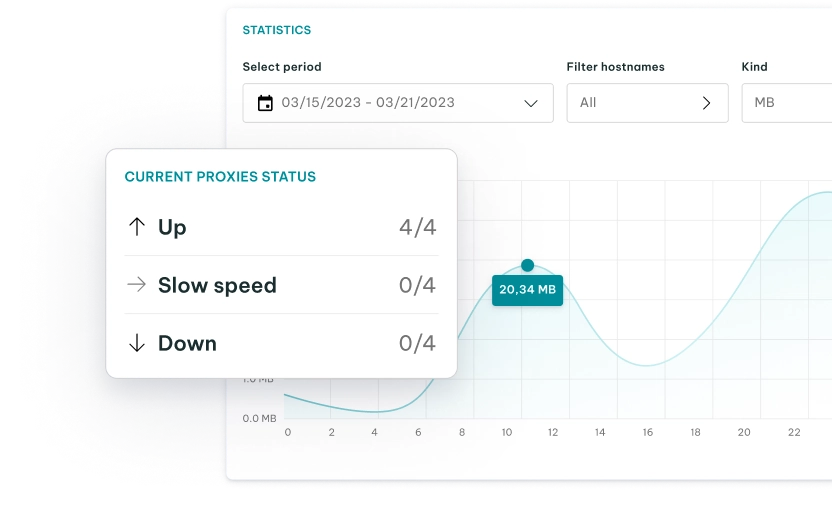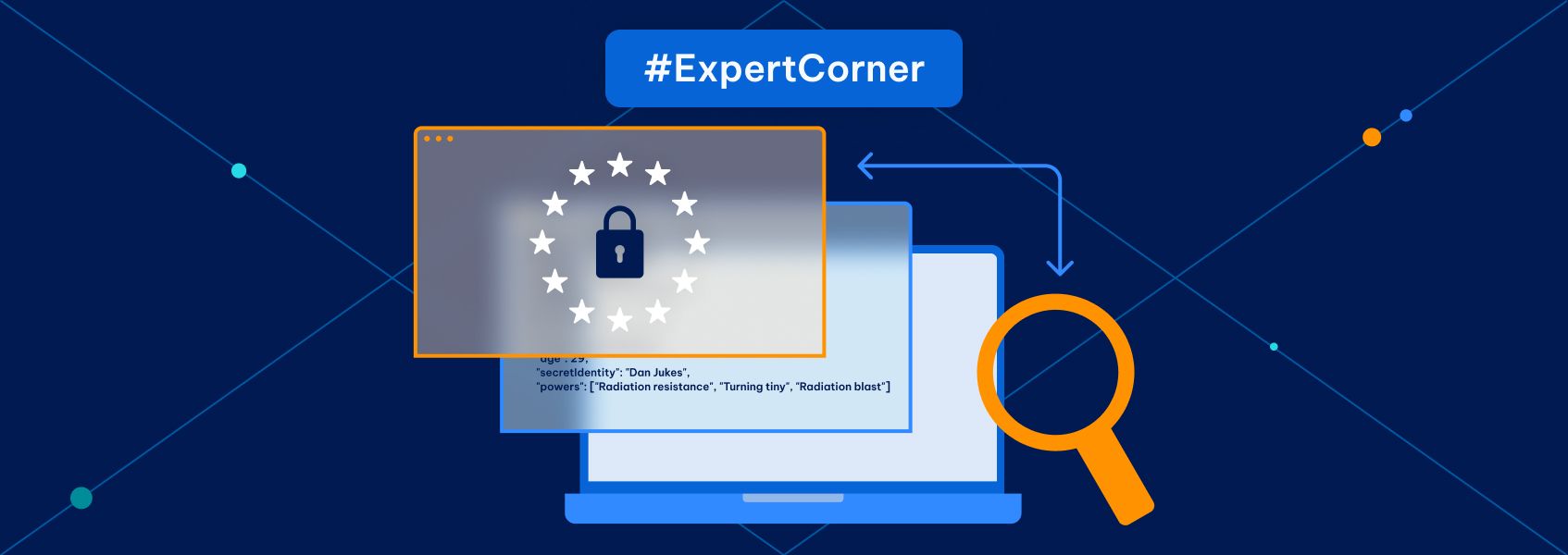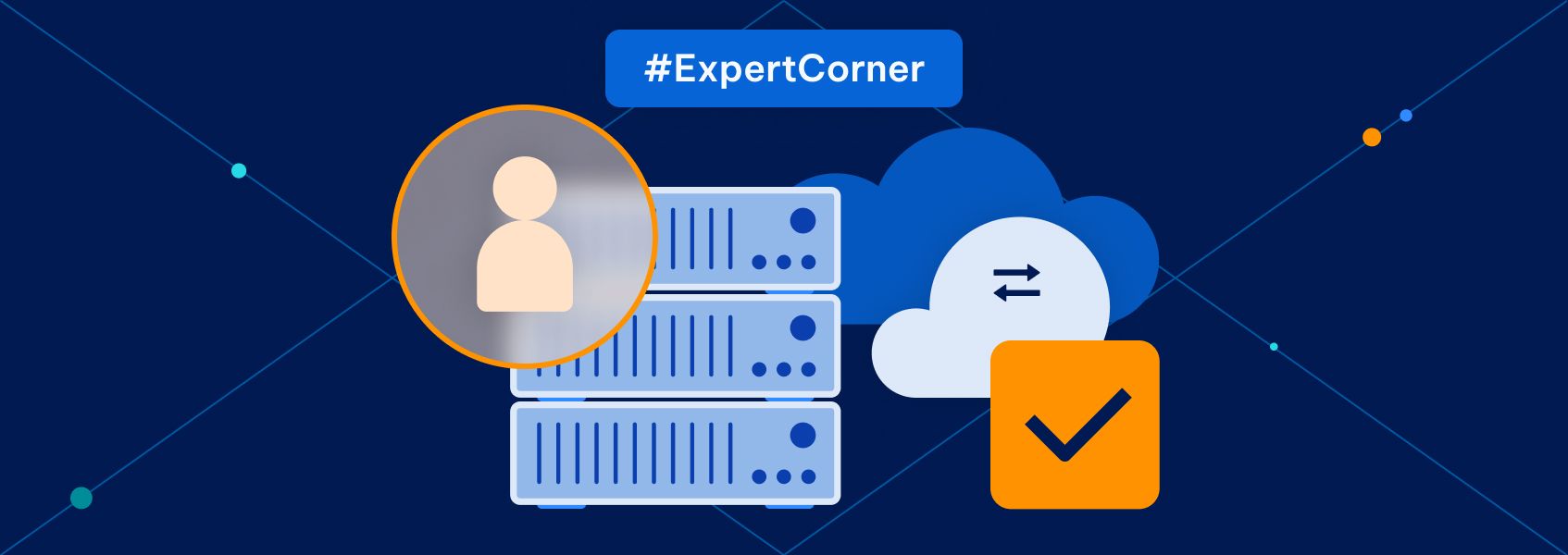E-Commerce Trends: How Will Proxies and Email Automations Define the Next 5 Years?
Expert cornerThe next 5 years belong to brands that automate. Proxies for intelligence, email for execution. Are you building or falling behind?


Milda Bernataviciute
You’ve built a great product, loyal customers, and solid margins - but something’s shifting in e-commerce that pure labor just can’t fix. The brands you compete with have started using proxies to monitor entire markets automatically and email automations that respond to customer behavior in real-time.
Instead of spending more or working harder, these brands build systems that compound their advantages daily, while everyone else continues trading time for money.
The Infrastructure Shift: Proxies & Scraping Go Mainstream
Proxies allow you to browse websites from different locations without revealing your actual IP address. You need them because websites block IP addresses of scrapers, limit information by geography, and shut down anyone collecting data at scale.
E-commerce brands need proxies for three reasons:
1. Market research at scale
Monitor competitor pricing across 50 stores simultaneously. Track review patterns on Amazon. Analyze SEO strategies without triggering rate limits. Residential proxies make this data collection nearly invisible to source sites.
2. Geo-specific testing
Your UK pricing strategy needs different data from your US approach. Proxies help you see exactly what customers in London versus Los Angeles experience on competitor sites. Test regional inventory, shipping offers, and localized campaigns.
3. Platform scraping when APIs fail
Instagram limits API access. TikTok changes its rules monthly. Various types of proxies help you extract public trend data and influencer metrics when official channels close. Datacenter proxies , for example, handle high-volume scraping efficiently.
Shopify stores already use proxy networks to track competitor inventory levels in real-time. DTC brands monitor pricing shifts across entire categories. Fashion retailers analyze trending products before they hit mainstream awareness.
Proxies give you the information edge - automated and scalable.
The Relationship Shift: Email Automations That Act Like Humans (But Better)
While proxies feed your backend intelligence, email automations execute customer-facing strategies at scale.
The best platforms watch every click, purchase, and browse session, then trigger messages based on what customers do. Three views of the same product? The customer receives a targeted offer within hours.
A few more examples:
- Behavior-based journeys replace static sequences
Cart abandonment emails that reference exact products. Win-back campaigns that escalate offers based on customer value. A welcome series that adapts to the signup source and initial interests.
- AI powers personalization at scale
Subject lines tested across segments. Send times are optimized for each individual, and product recommendations feed into emails from store data. Your 50,000 subscribers each get slightly different experiences.
- First-party data becomes your biggest asset
With cookies dying and privacy laws tightening, your email list represents direct customer relationships. Every interaction adds behavioral data that improves targeting.
Automations let you act on insights instantly. No manual campaigns, no delayed responses - proper automation lets you build systems that convert browsers into buyers 24/7.
Why These Two Trends Are More Connected Than You Think
Automations equal actions out, and proxies equal data in - the magic happens when you connect them.
Your scraper enhanced with a proxy network detects a competitor launching a flash sale, so your email automation immediately triggers a price-match campaign to high-value customers. Instead of being late to gather customers, your time from detection to execution is now under five minutes.
In another case, a fashion brand tracks trending styles across social platforms using proxies. Email automations instantly showcase similar products to segments showing interest in that category.
Finally, regional price monitoring reveals competitors raising prices in specific markets. You can adapt your system to automatically adjust email offers to capitalize on the price gap.
The connection: proxies and scrapers provide real-time market intelligence, and automations execute responses instantly. Speed, scale, and personalization become one system, not three separate initiatives.
What Does This Mean for Brands?
Winners will automate low-leverage decisions while investing in tools that compound insights with execution. Your tech stack becomes your competitive advantage.
- Hiring shifts from generalists to specialists
You need fewer people sending campaigns, more people building systems. Operational thinking now trumps marketing creativity. Therefore, automation architects can become your most valuable hires.
- Tool selection focuses on integration
Platforms that don’t connect become liabilities. Your proxy and data collection service must feed your email platform. Your email platform must sync with your store.
- Infrastructure equals customer experience
Backend intelligence directly improves frontend interactions. Better data collection means better personalization. Faster insights mean faster responses. Customers get relevant offers faster than competitors can react.
Action items for implementation:
- Map competitor landscape - who should you monitor daily versus weekly?
- Identify data gaps - what customer behaviors do you miss?
- List manual processes - which repetitive tasks eat the most time?
- Calculate automation ROI - what would a 10% conversion improvement mean?
The New Moat Is Invisible
Your competitive edge won’t show on your website - it lives in the systems behind it.
Competitors can copy your product photos, match your prices, and steal your ad copy. They can’t replicate your automated intelligence network or your behavioral trigger systems. These invisible assets compound daily while the competition stagnates.
Data feeds your knowledge base, proxies and scrapers provide the raw material. Automations execute on that knowledge. Each customer interaction makes the next one better - automatically. Your advantage grows wider every day you run the system.
The next five years belong to brands that understand this: infrastructure is strategy. The question isn’t whether you’ll adopt these technologies - it’s whether you’ll do it before your competitors lock you out of the market.
Choosing the Right E-commerce Proxies
You need proxies that match your actual use case - not what the sales page promises.
Start with coverage. Do your competitors operate globally? You may need proxies in their markets. IPRoyal runs more than 34 million IPs across 195 countries, so you can be sure to find what you need to scout the competition.
You should also consider the proxy type based on your needs. Residential proxies give you authenticity and location coverage, but are slower. Datacenter proxies scream at top speeds but get blocked more. ISP proxies split the difference - datacenter speed with residential trust - but they generally cost more than datacenter proxies.
One approach is to pick based on what you’re scraping: social platforms need residential, and price monitoring usually runs fine on datacenter proxies.
Integration determines everything. Your proxy provider should plug into your existing stack without custom engineering. If connecting to your email automation takes three developers and six weeks, you’ve already lost.
Uptime compounds. 99.9% sounds impressive until you realize 0.1% downtime means 8.7 hours yearly of dead systems. During Black Friday, that’s catastrophic.
The best proxy setup is invisible to your team, devastating to competitors. Every minute spent managing proxies is a minute not spent using the intelligence they gather.



